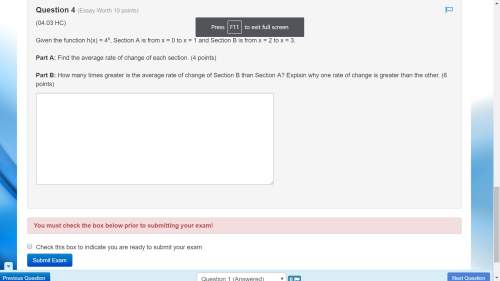
Mathematics, 22.12.2020 01:40 jasminali7956
An urn contains marbles that are either red or blue. To test the hypothesis of equal proportions of these colors, we agree to sample 64 marbles with replacement, noting the colors drawn and adopt the following decision rule:
(1) accept the hypothesis if between 28 and 36 red marbles are drawn;
(2) reject the hypothesis otherwise.
(A) Find the probability of rejecting the hypothesis when it is actually correct.
(B) Interpret graphically the decision rule and the result obtained in (A).
(a) What decision rule would you adopt in above problem if you require the probability of rejecting the hypothesis when it is actually correct to be at most 0.01, i. e., you want a 0.01 level of significance?
(b) At what level of confidence would you accept the hypothesis?
(c) What would be the decision rule if a 0.05 level of significance were adopted?

Answers: 1


Another question on Mathematics

Mathematics, 21.06.2019 16:00
What is the length of the unknown leg in the right triangle ?
Answers: 2

Mathematics, 21.06.2019 20:40
The acceleration of an object due to gravity is 32 feet per second squared.what is acceleration due to gravity in inches per second squared?
Answers: 2

Mathematics, 21.06.2019 22:00
What value is a discontinuity of x squared plus 8 x plus 4, all over x squared minus x minus 6?
Answers: 2

You know the right answer?
An urn contains marbles that are either red or blue. To test the hypothesis of equal proportions of...
Questions





Computers and Technology, 24.04.2020 17:57


Biology, 24.04.2020 17:57

History, 24.04.2020 17:57











Computers and Technology, 24.04.2020 17:57




